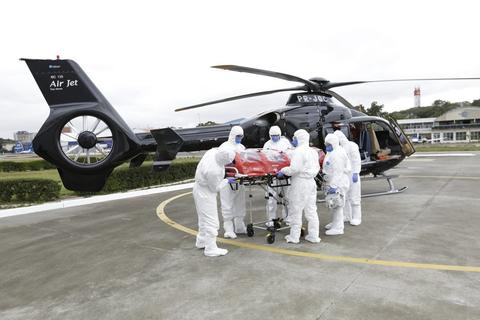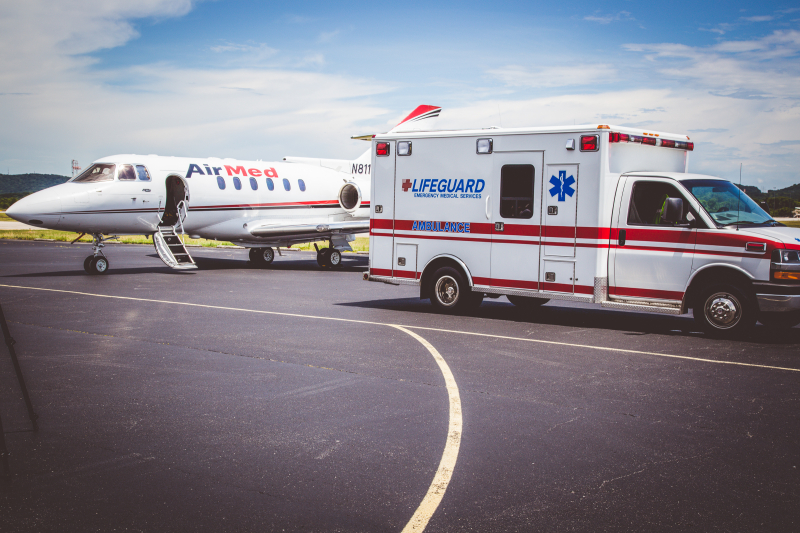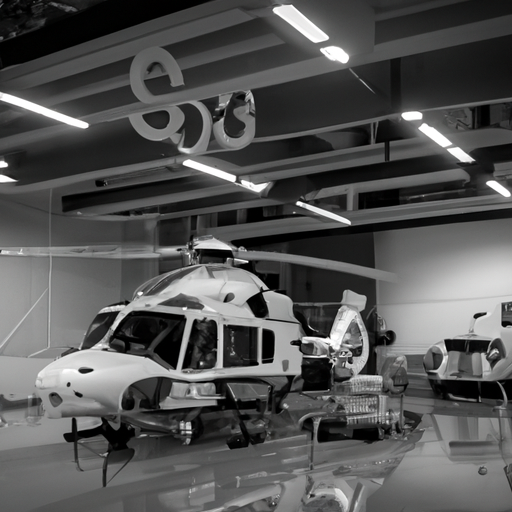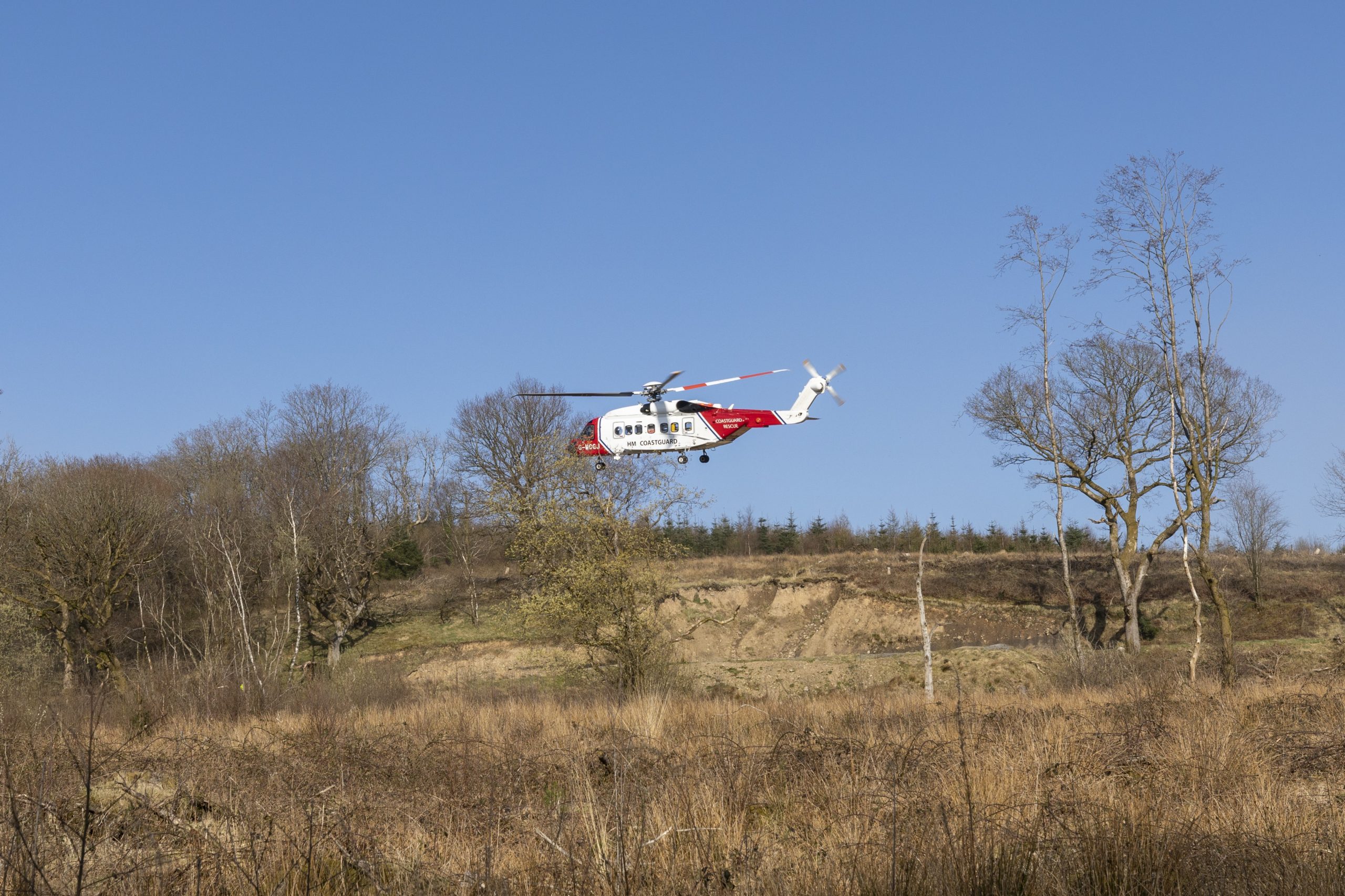So, picture this: there’s a critical medical situation happening, and the clock is ticking. Someone’s life is hanging in the balance, and every second counts. That’s when air ambulances swoop in like superheroes, ready to whisk those in need away to the best possible medical care. But, have you ever wondered about the behind-the-scenes logistics of air ambulance deployments? How does a simple call for help transform into a liftoff that could save a life? Well, strap in and get ready, because today we’re diving into the fascinating world of air ambulance operations, from the moment that call comes in, to the exhilarating liftoff that can make all the difference. It’s time to uncover the hidden heroes and intricate processes involved in air ambulance deployments.
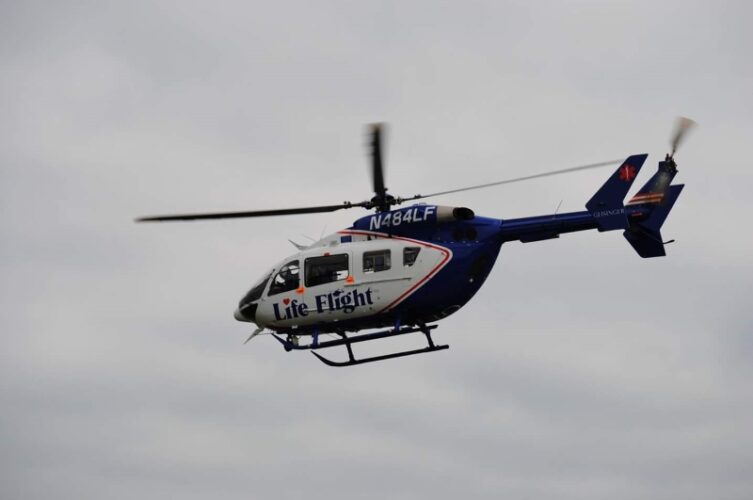
Call Initiation
When it comes to air ambulance deployments, it all starts with the call initiation. Emergency Dispatch Centers play a crucial role in this process. These centers are typically the first point of contact when a medical emergency arises. They efficiently gather information about the incident, including the patient’s condition, location, and any other relevant details.
Once the emergency dispatchers assess the situation and determine the need for air ambulance services, they proceed to the next step: medical consultation. This involves contacting medical professionals who can provide valuable guidance and advice. These experts, often doctors or specialist nurses, assess the patient’s condition and determine if air transportation is the most suitable option for their needs.
After the medical consultation phase, the next step is flight coordination. This crucial stage involves organizing the logistics of the air ambulance mission. This includes determining the best route, considering factors such as airspace limitations and weather conditions, and coordinating with air traffic control.
Medical Team Mobilization
With the flight coordination in place, it’s time to mobilize the medical team. A typical air ambulance crew consists of highly skilled healthcare professionals, including physicians, nurses, paramedics, and emergency medical technicians (EMTs). These professionals possess the expertise necessary to provide quality medical care while in transit.
Physicians and nurses on the air ambulance team bring their extensive medical knowledge and expertise to ensure the highest level of care during transportation. They are capable of assessing the patient’s condition, administering medications, and performing life-saving interventions if necessary.
Paramedics and EMTs are also an integral part of the medical team. They possess specialized training in emergency medical care and are skilled in handling critical situations. These professionals work closely with physicians and nurses to provide vital support throughout the air ambulance mission.
In addition to the medical personnel, proper medical equipment and supplies are essential for ensuring the patient’s well-being during transportation. The air ambulance is equipped with state-of-the-art medical equipment, including monitoring devices, ventilators, and defibrillators. Adequate supplies of medications, bandages, and other necessary items are also stocked to address any medical needs that arise during the journey.

Transport Coordination
Once the medical team is mobilized, attention turns to the coordination of the actual transport. Patient assessment and stabilization are critical steps during this phase. Medical professionals thoroughly evaluate the patient’s condition, ensuring that they are stable for transport. This assessment includes monitoring vital signs, administering necessary treatments, and addressing any immediate medical concerns.
After the patient is assessed and stabilized, the appropriate transport mode is selected. Depending on the circumstances, this can involve choosing between ground ambulances, helicopters, or fixed-wing aircraft. Factors such as the patient’s medical condition, distance, and terrain are considered when making this decision.
In many cases, ground ambulance transfer is the chosen mode of transport for air ambulance deployments. Ground ambulances provide a flexible and efficient means of transporting patients, especially for shorter distances. These ambulances are equipped with medical equipment and staffed with trained medical personnel to ensure the patient’s safety and comfort during the ground transfer.
Flight Planning and Preparation
For air ambulance missions that involve aircraft transport, meticulous flight planning and preparation are essential. Aircraft selection is a crucial aspect of this process. The choice of aircraft depends on various factors, including the patient’s condition, distance, and the availability of suitable landing locations. Different types of aircraft, such as helicopters or fixed-wing aircraft, offer unique capabilities to meet specific mission requirements.
Once the aircraft is selected, the flight crew is assigned. These professionals oversee the operation of the aircraft and ensure the safety of everyone on board. Their expertise in navigation, aviation medicine, and emergency procedures is crucial for a successful air ambulance mission.
Before departure, a thorough navigation and weather check is conducted. This involves assessing the current weather conditions along the flight path and at the destination. By obtaining real-time information, the flight crew can make informed decisions regarding the feasibility and safety of the air ambulance mission.

Air Traffic Clearances
Acquiring air traffic clearances is a crucial step before liftoff. This involves coordinating with air traffic control and obtaining the necessary approvals for the planned flight. Airspace coordination ensures that the air ambulance has a clear path and avoids congestion or conflicts with other aircraft.
Flight plan submission is another essential aspect of this process. The flight plan provides detailed information about the intended route, altitude, and estimated time of arrival. By submitting this plan, the air ambulance crew ensures that air traffic control has all the necessary information to facilitate a smooth and safe flight.
Once the flight plan is submitted, clearance approval from air traffic control is obtained. This approval confirms that the air ambulance mission has been authorized and allows the aircraft to proceed with the intended flight.
Ground Operations
Before liftoff, thorough ground operations are carried out to ensure the aircraft’s readiness and the patient’s safety. The pre-flight check involves reviewing the aircraft’s condition, including systems, fuel levels, and overall readiness for the mission.
Loading and securing equipment is crucial to prevent any movement or damage during the flight. Medical equipment, including stretchers, monitors, and life support systems, must be properly secured to ensure stability and safety throughout the journey.
A pre-flight medical briefing is conducted to ensure everyone involved in the mission is aware of the patient’s condition, medical needs, and any necessary emergency procedures. This briefing allows the flight crew and medical team to establish clear communication and be prepared for any potential medical situations during the flight.
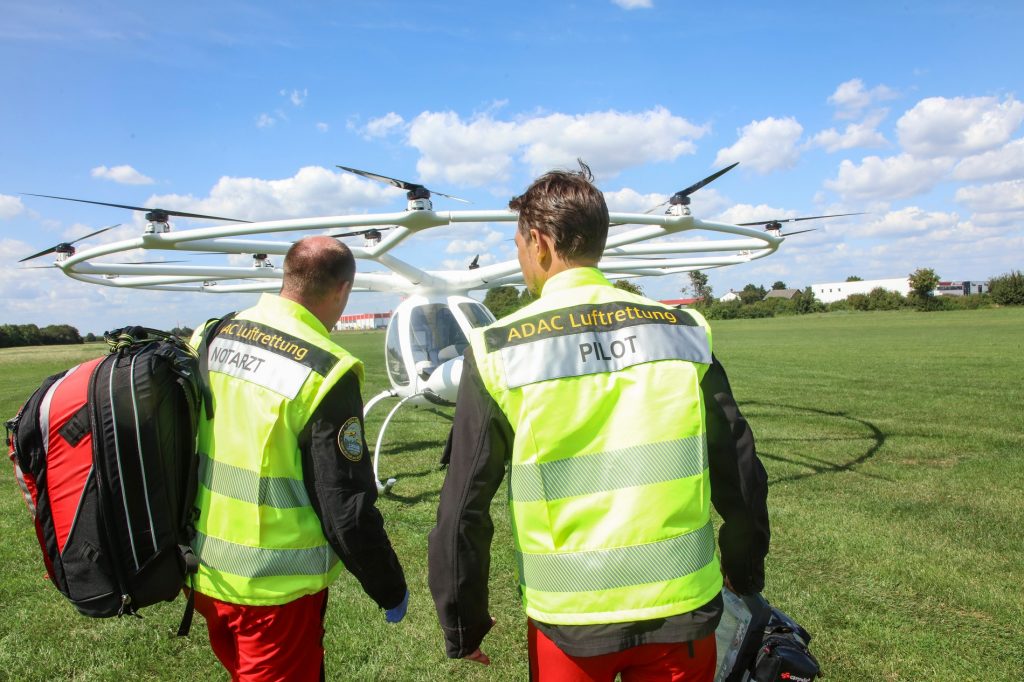
Patient Transfer to Aircraft
With ground operations completed, it’s time to transfer the patient to the aircraft. Stretcher selection and setup are carefully executed to provide optimal comfort and stability for the patient during the flight. The chosen stretcher is equipped with various features, including restraints and adjustable positions, ensuring the patient’s safety and well-being.
Integrating life support systems into the aircraft is a critical step to maintain the patient’s stability and vital functions. These systems include ventilators, oxygen supply, and other medical devices necessary for continuous medical care while in flight.
The transfer process itself is performed with utmost care and precision. The medical team ensures a seamless transition of the patient from the ground ambulance to the aircraft, minimizing any potential risks or discomfort. Attention to detail and adherence to established protocols guarantee a safe and secure transfer.
In-Flight Medical Care
Throughout the flight, continuous monitoring of the patient’s vital signs is crucial. The medical team maintains a close watch on the patient’s condition, using advanced monitoring devices to ensure stability. Continuous monitoring allows for timely intervention should any changes in the patient’s health status occur.
Administration of medications forms an important part of in-flight medical care. The medical team is capable of administering necessary medications, such as pain relief or stabilization drugs, to ensure the patient’s comfort and well-being during the journey.
In the event of an emergency or deterioration in the patient’s condition, the medical team is prepared to perform life-saving interventions. These interventions may include cardiopulmonary resuscitation (CPR), defibrillation, or other emergency procedures. The expertise and preparedness of the medical team are crucial in addressing any unforeseen medical emergencies during the flight.
Arrival and Ground Handoff
Upon arrival at the destination, a smooth landing and ground support play a vital role in the successful completion of the air ambulance mission. Ground support personnel assist in safely bringing the aircraft to a stop and provide immediate assistance, if needed.
A seamless transition of care is essential as the patient is transferred from the aircraft to the receiving medical facility or ground ambulance. Effective communication and coordination between the air ambulance crew and the receiving medical personnel ensure a smooth handoff and continuity of care.
Debriefing and handover occur after the patient has been safely transferred. These procedures allow for the exchange of information between the air ambulance crew and the receiving medical facility, ensuring that all relevant details regarding the mission are shared for a comprehensive understanding of the patient’s condition and care provided during the flight.
Post-Mission Procedures
Following the completion of the air ambulance mission, several post-mission procedures take place. Aircraft maintenance and restocking are necessary to prepare the aircraft for future flights. This involves checking and servicing various systems, replenishing medical supplies, and ensuring that the aircraft is in optimal condition.
Patient data documentation is an essential task for medical records and continuity of care. Detailed documentation of the patient’s medical condition, treatments administered, and any significant events during the air ambulance mission ensures accurate information for ongoing medical management.
Debriefing and evaluation provide an opportunity for the air ambulance crew to reflect on the mission and identify areas for improvement. This process allows for feedback, discussion, and analysis, ultimately enhancing future air ambulance deployments and the quality of medical care provided.
In conclusion, the logistics of air ambulance deployments involve a series of well-coordinated steps, from call initiation to liftoff. It requires the collaboration of various professionals, including emergency dispatchers, medical teams, flight crews, and ground support personnel. By ensuring efficient coordination, meticulous planning, and continuous communication, air ambulance missions can be carried out successfully, ensuring the timely and safe transportation of patients in critical need of medical care.
